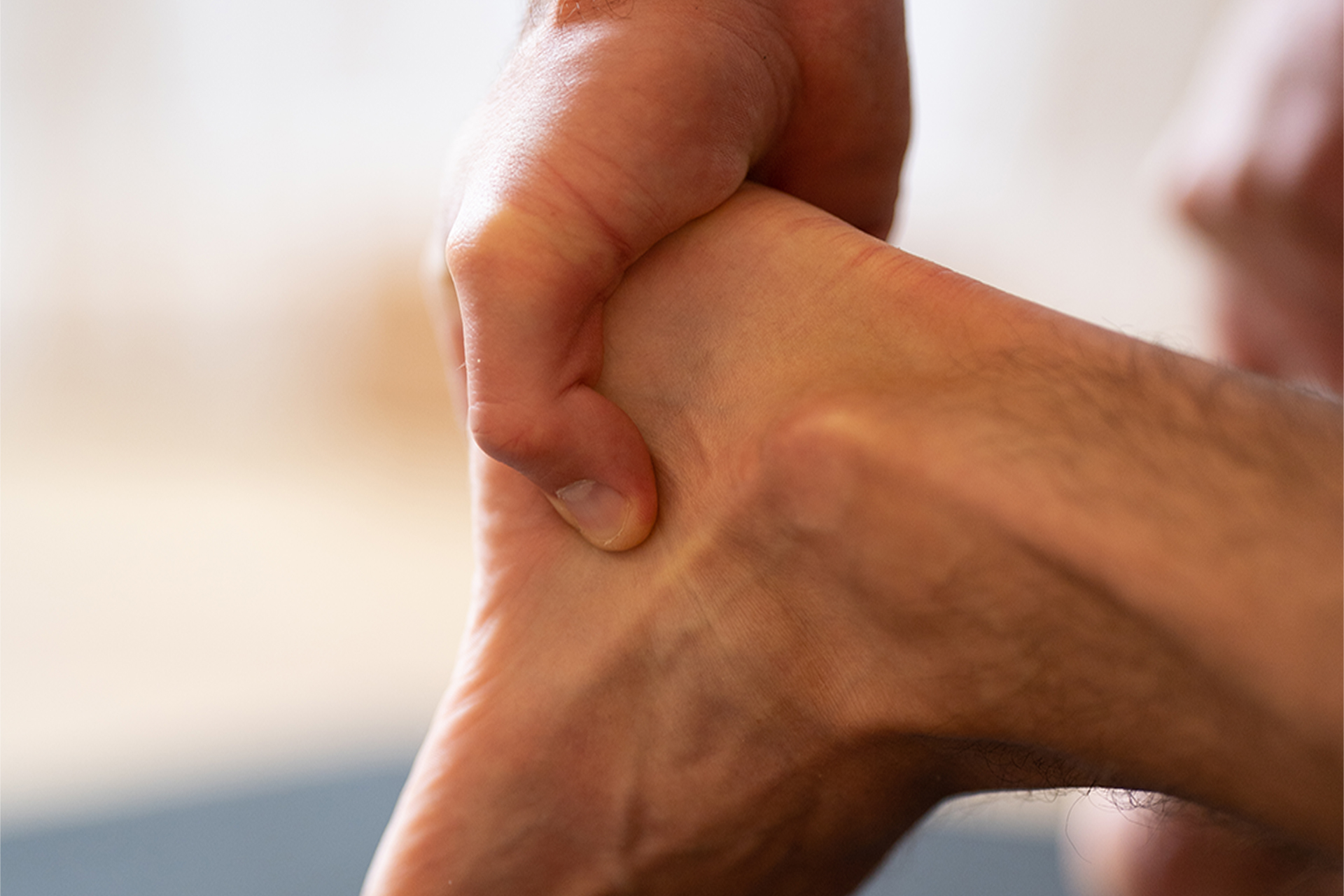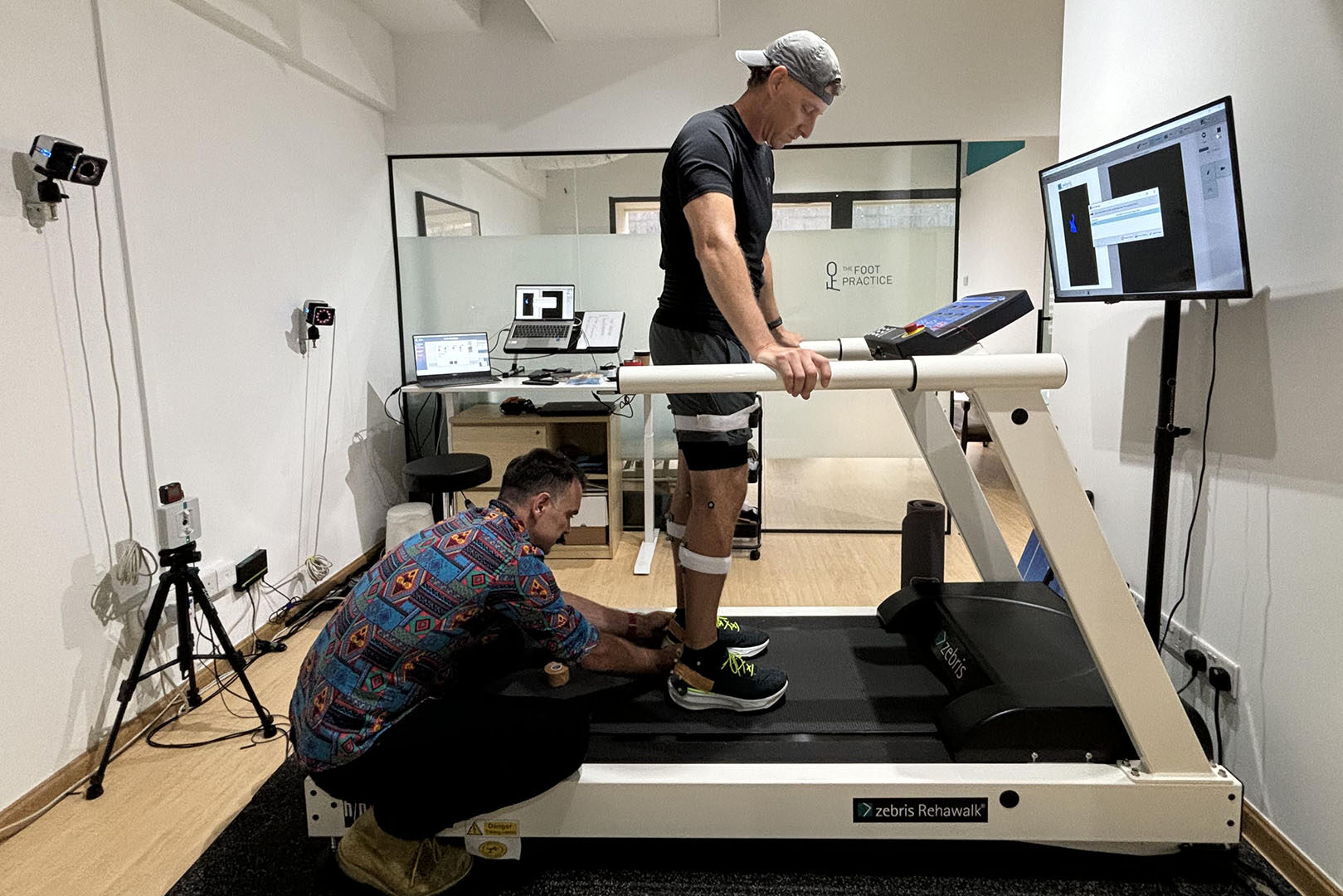The majority of lower-limb amputations are caused by complications stemming from diabetic foot infections. However, with proper care, patients with diabetic foot can drastically reduce their chances of bone infections or amputation.
One major complication that stems from diabetes is neuropathy. Patients with diabetes are prone to neuropathy, where the nerves in the extremities are affected by the high glucose levels in the blood. This makes it harder for the nerves to function correctly. The reduced feeling makes any injuries to the feet highly risky as they can go unnoticed, leading to infections. Left untreated for too long, these infections can lead to amputations as the only possible recourse.
Preventing foot conditions stemming from diabetes starts with recognising at-risk patients. Every patient with diabetes should undergo regular foot examinations at least twice a year. These examinations will check for any deformities, nail disorders, skin breaks and test for feeling in the foot. These examinations can also assess the patients’ footwear to see if they should make lifestyle adjustments for their condition.

More frequent foot examinations can significantly reduce the risk of further complications, as can speaking with one of our podiatrists at The Foot Practice. We specialise in treating foot conditions stemming from diabetes. We can help you take better care of your feet by providing proper foot care and teaching you what to look for to prevent ulceration and further complications. Other services include medical pedicures, callus removal, custom-made orthoses, and optimizing glycemic control.
Common Diabetic Foot Problems that Have Serious Complications
If you lose feeling in your feet, you will be less sensitive to the discomfort and agony caused by minor foot problems and injuries. For example, it may take longer to realise that you have a blister, callus, or cut on your foot. As a result, a common problem can turn into a major issue, such as ulceration.
Bacteria can easily enter your body when your feet are injured, causing an infection (the symptoms of which are pus, redness, swelling, and discomfort). Blood sugar levels that are too high make infected regions worse, while insufficient circulation prolongs the diabetic foot infection healing process. Gangrene may develop in severe situations, necessitating toe or foot amputation.
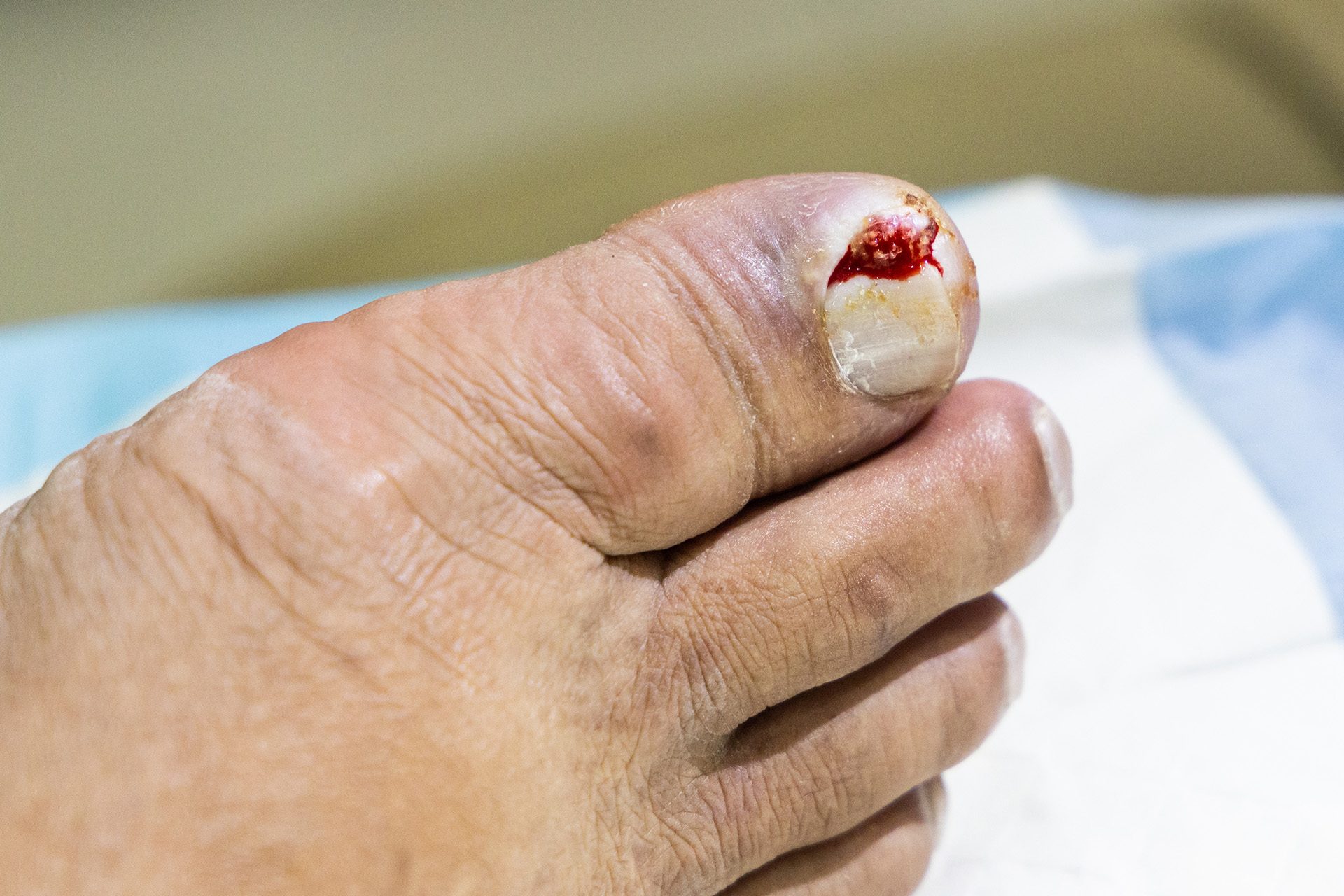
Some of the most common causes of diabetic foot conditions we see at The Foot Practice include:
- Bacterial Foot Infections Diabetes can suppress the natural immune systems, making fighting fungal or bacterial infections more difficult.
- Neuropathy Patients with diabetes can develop nerve damage, especially in the extremities, as the nerves are affected by high blood glucose levels. This makes it harder for patients with diabetes to feel their feet, ignoring vital signals like pain.
- Athlete’s Foot This condition is more common in diabetic patients due to the suppressed immune system. Cracks in the skin resulting from athlete’s foot can lead to infections.
- Bunions Impaired blood flow to the feet resulting from diabetes makes it harder for the foot to heal and handle bunions on the big toe.
- Calluses These thickened skin areas are natural, but if not dealt with, especially for patients with diabetes, calluses can worsen into sores or ulcers, creating opportunities for dangerous infections.
- Corns On certain parts of the foot, corns can form, creating pain when walking. Pain is a signal for most people to get it tended. For patients with diabetes, damaged nerves can mute the pain leaving it untended, leading to worse conditions.
- Foot Ulcers Ulcers are open wounds that will not heal. They are prime spots for infection and are especially dangerous for patients with diabetes.
- Fungal Nail Infections If the nail becomes infected, it can change colour and harden. That thickening can cut the skin, leaving it exposed to infection.
- Hammertoes Toe joints can stiffen, forcing the toe into an arched position. It is uncomfortable and potentially dangerous for patients with diabetes as it can lead to ulcers or wounds.
- Plantar Warts These are a very virulent form of wart that spreads across the foot. Patients with diabetes may not be aware of their plantar warts and accidentally spread them across their bodies.
Many of these diabetic foot infection problems are preventable with proper foot care and regular visit to your podiatrist.
Foot Infections Are Common for People with Diabetes
Patients with diabetes are prone to foot infections, putting them at risk for lower extremity amputation. These infections can be classified as mild, moderate, or severe, and infected diabetic foot ulcers are the leading risk factors for amputation. Prevention of diabetic foot infections requires prompt diagnosis and treatment to avoid further complications (e.g., amputations) are the best strategy to maintain your complete health.
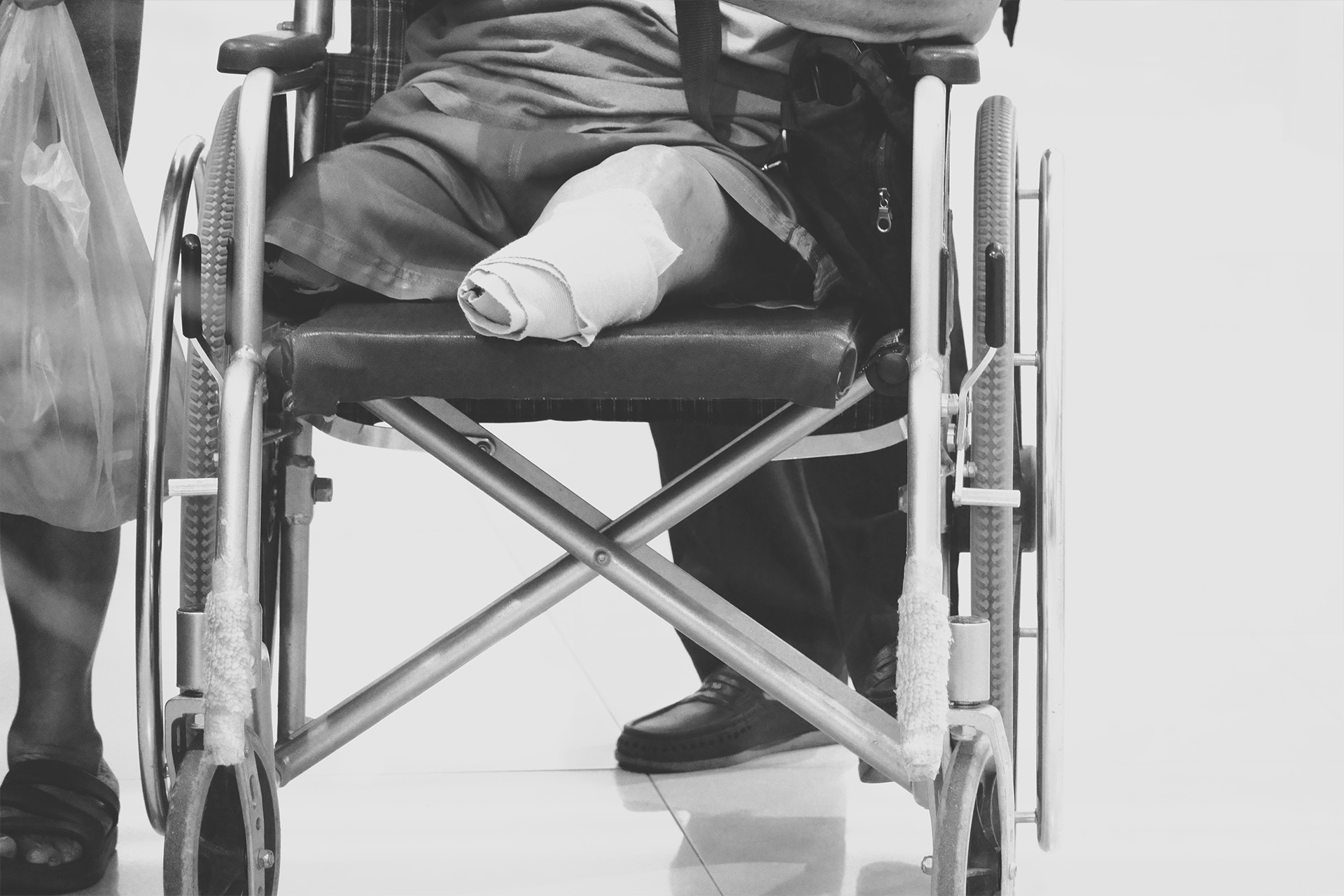
If a foot infection is found, it is vital to treat it immediately. This process begins with trying to detect the specific type of infection by the location of the inflammation and other diabetic foot infection symptoms.
Interventions such as tests and removals will be referred to the appropriate healthcare provider. These specialists will attain test samples from the base of the ulcer or a bone biopsy rather than swabbing the wound. These results are then examined to determine the type of infection, such as Staphylococcus aureus and beta-hemolytic streptococci.
After the bacteria has been identified, ideal treatment necessitates surgical debridement, wound management, antibiotics, and correction of metabolic abnormalities. For example, with a callus, this would mean:
- Excising the afflicted tissue
- Providing the proper antibiotic regimen to combat the bacteria if the wound is infected; and,
- Correcting footwear that could create abrasions on the foot. Mild infections can be treated simply with oral antibiotics.
More severe infections beyond calluses will need a more intense regimen lasting between 4 to 12 weeks, possibly delivered through injections to the afflicted area.
Though there are three classifications of foot infection, any foot infection for a patient with diabetes is potentially serious and must be addressed immediately. They can vary from superficial paronychia to deep infections involving bone. These include osteomyelitis, cellulitis, abscesses, necrotizing fasciitis, septic arthritis, and myositis. Diabetic foot infection treatments include the following:
- Antibiotic Therapy Depending on the severity of the infection, antibiotic therapy can either be oral or intravenous. In the case of the latter, the antibiotics will have to be injected directly into the afflicted infected area to combat the bacteria aggressively. The antibiotic regimen length can vary depending on the application method and the type of infection.
- Surgical Treatment Often, the tissue will have to be surgically removed from diabetic feet to combat the infection. This can vary from a simple incision or drainage to more complex debridements and, in extreme cases, amputation.
- Wound Management Wound management is not as simple as applying a bandage onto the healing area. For patients with diabetes, the wound needs to be dressed to allow for subsequent inspection to ensure that new infections do not arise. The patient could also require additional measures to prevent pressure on the wound area. This can be through total contact orthoses, modified shoes, braces, splints, or sandals.
- Metabolic Stabilisation It is also critical to treat the patient’s diabetes to help prevent future problems from arising. This can mean correcting electrolyte imbalances and addressing hyperglycemia, acidosis, or azotemia. Keeping diabetes at a manageable level can help eradicate the current infection, prevent future ones, and promote wound healing.
Diabetic Neuropathy or Nerve Damage
When the nerves are damaged, they lose the ability to communicate properly with the muscles in your feet. The regular movement pattern of the muscles is disrupted, and they become ineffective. This might lead to hammertoes (bends and curlicues in toes) and difficulty walking.
High blood sugar levels are an inevitable consequence of diabetes as the body either produces too little insulin to regulate glucose levels or becomes resistant. A wide range of conditions is directly linked to high blood sugar levels in people with diabetes, including poor blood circulation to the lower limbs and extremities and nerve damage, reducing your ability to feel when painful ailments exist.
Foot infections are more common in patients with diabetes because all of these factors make it harder for your body to sense the pain from a wound on the foot, limit your immune system’s ability to fight off infections, and affect your muscles’ normal function. In particular, peripheral neuropathy is especially dangerous in foot infections, as it is a form of neuropathy that specifically affects the extremities, hence the name. Thirty to 50 per cent of patients with diabetes develop peripheral neuropathy, putting them at risk of dangerous foot infections.
Neuropathy affects the patient’s ability to sense pain, which is the body trying to signal something is wrong. This makes it likely for patients not to notice abrasions, blistering, or other traumas. Over time, these can become infections.
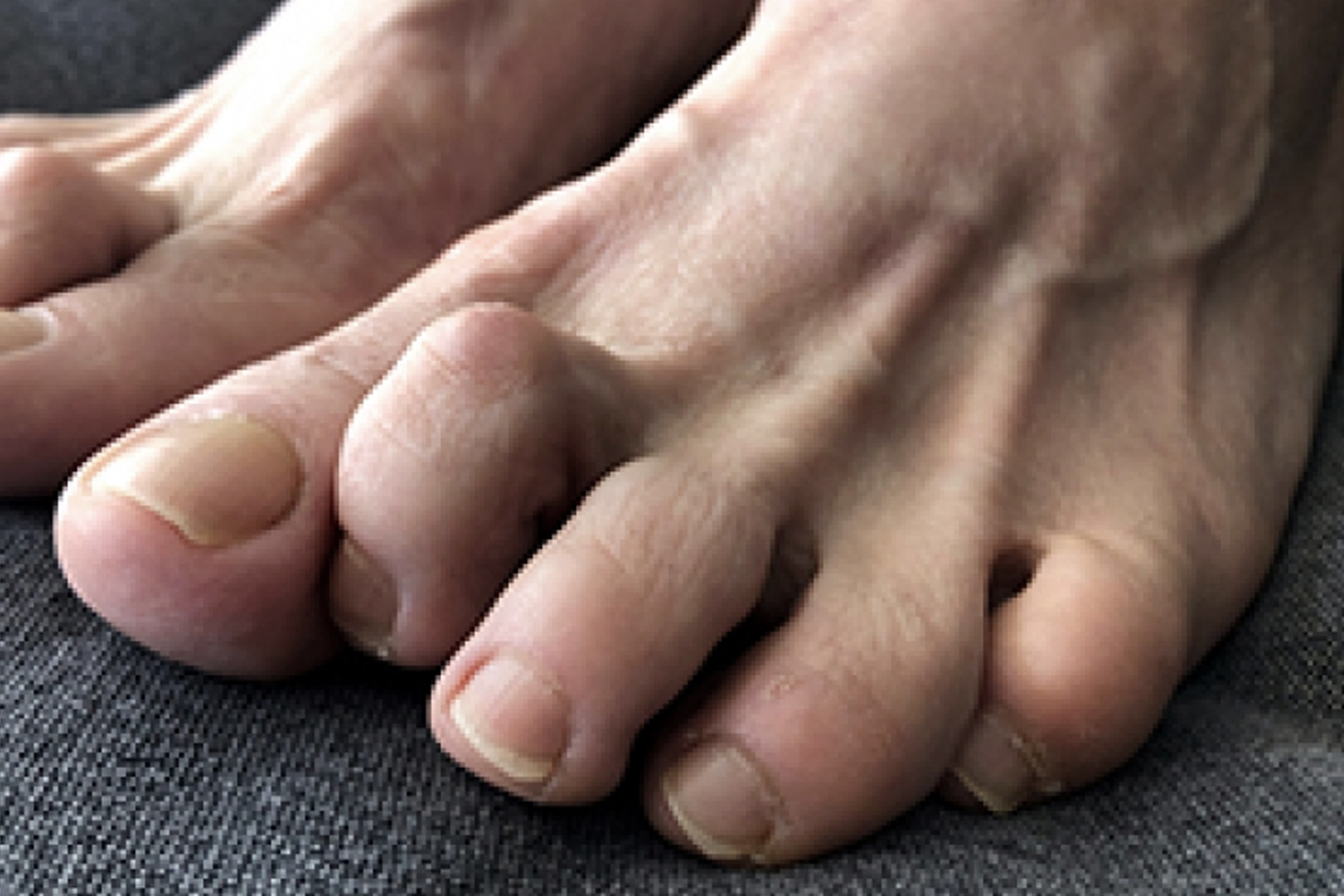
Another form of neuropathy is motor neuropathy, where the muscles are limited by nerve damage. This can result in conditions like claw toe, hammertoe, or other deformities that increase the chances of skin ulceration. If the skin is broken, those tissues are exposed to bacteria. The body’s immune system is also limited by diabetes, making it harder to fight the infection, even on superficial wounds. This can cause the infection to spread, especially if left untreated, leading to dangerous complications.
Although most diabetic foot infections begin with an ulcer, localised cellulitis bacterial skin and tissue infections, and “flesh-eating” necrotising fasciitis can develop in the absence of an ulcer or traumatic injury.
Diabetic Charcot Neuropathy
Diabetic Charcot neuropathy, also commonly referred to as diabetic Charcot foot, is a condition that stems from diabetic neuropathy. Infections can arise when the foot loses its ability to detect pain or trauma due to neuropathy.
Diabetic Charcot foot happens when those infections penetrate deeper into the tissue, affecting the ankle, bones, and joints. In essence, it weakens the joints and bones, increasing the chances of microtrauma, fractures, or dislocation. This can lead to a physical deformity that creates undue pressure on the foot when walking or putting weight on the afflicted foot.
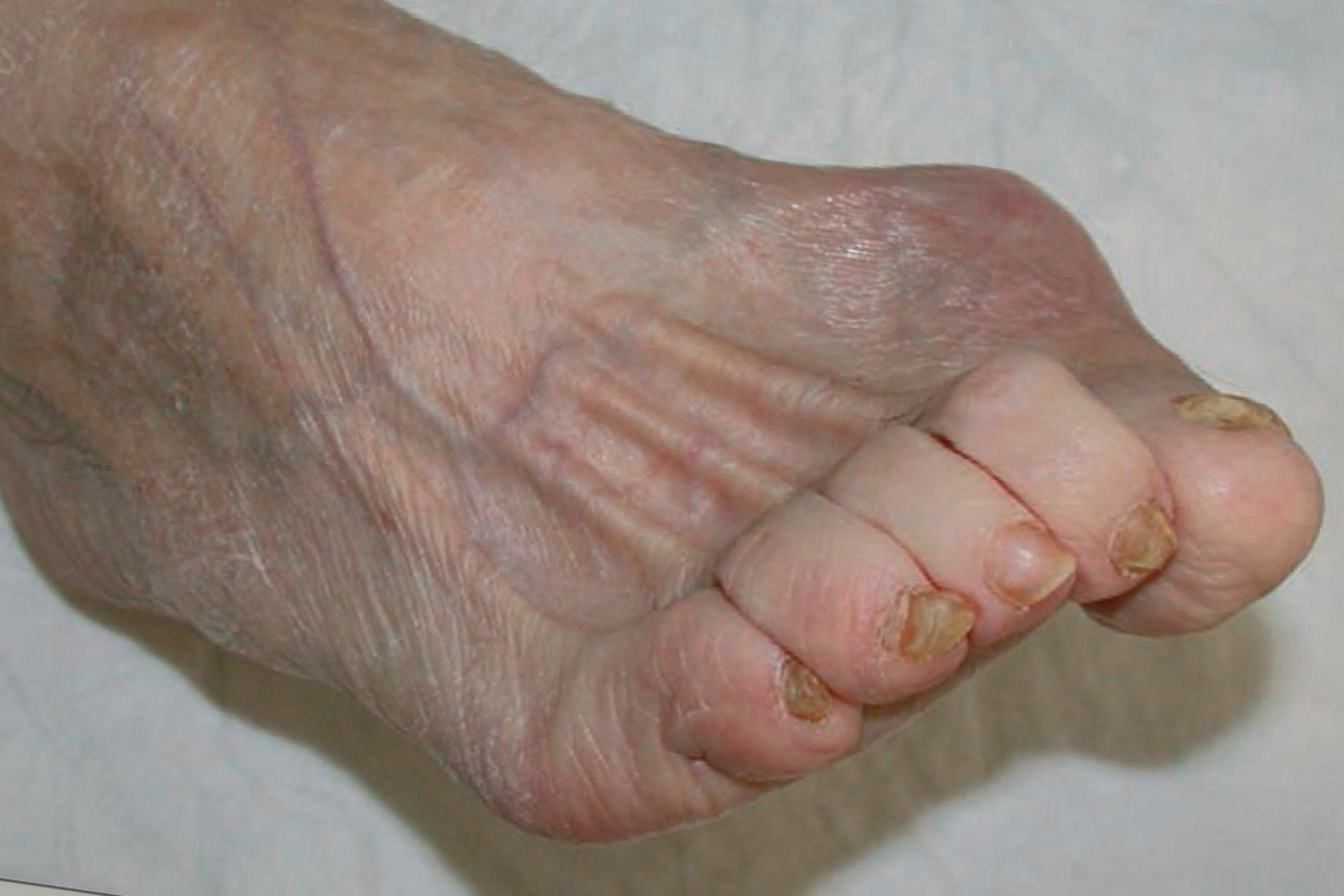
This deformity dramatically increases the chances of ulceration. Unfortunately, due to the nature of the condition, patients with diabetic Charcot foot have a 50 per cent chance of amputation if they develop an ulcer. To best prevent this outcome, Charcot’s foot has to be treated immediately. The quickest solution is offloading the pressure of the afflicted area, either through casting, wheelchairs, crutches, or walkers. Patients with diabetes must regularly check up to ensure their feet are not damaged without noticing.
Diabetic Foot Assessment Helps Maintain Proper Foot Care
Diabetes is a complex disease that can have serious health consequences, including problems with the feet. Proper foot care and prevention of diabetic foot conditions are essential to reduce your vulnerability to serious foot ailments. Seek professional advice from a podiatrist or foot doctor if you’re experiencing any foot conditions before the need for major invasive procedures.
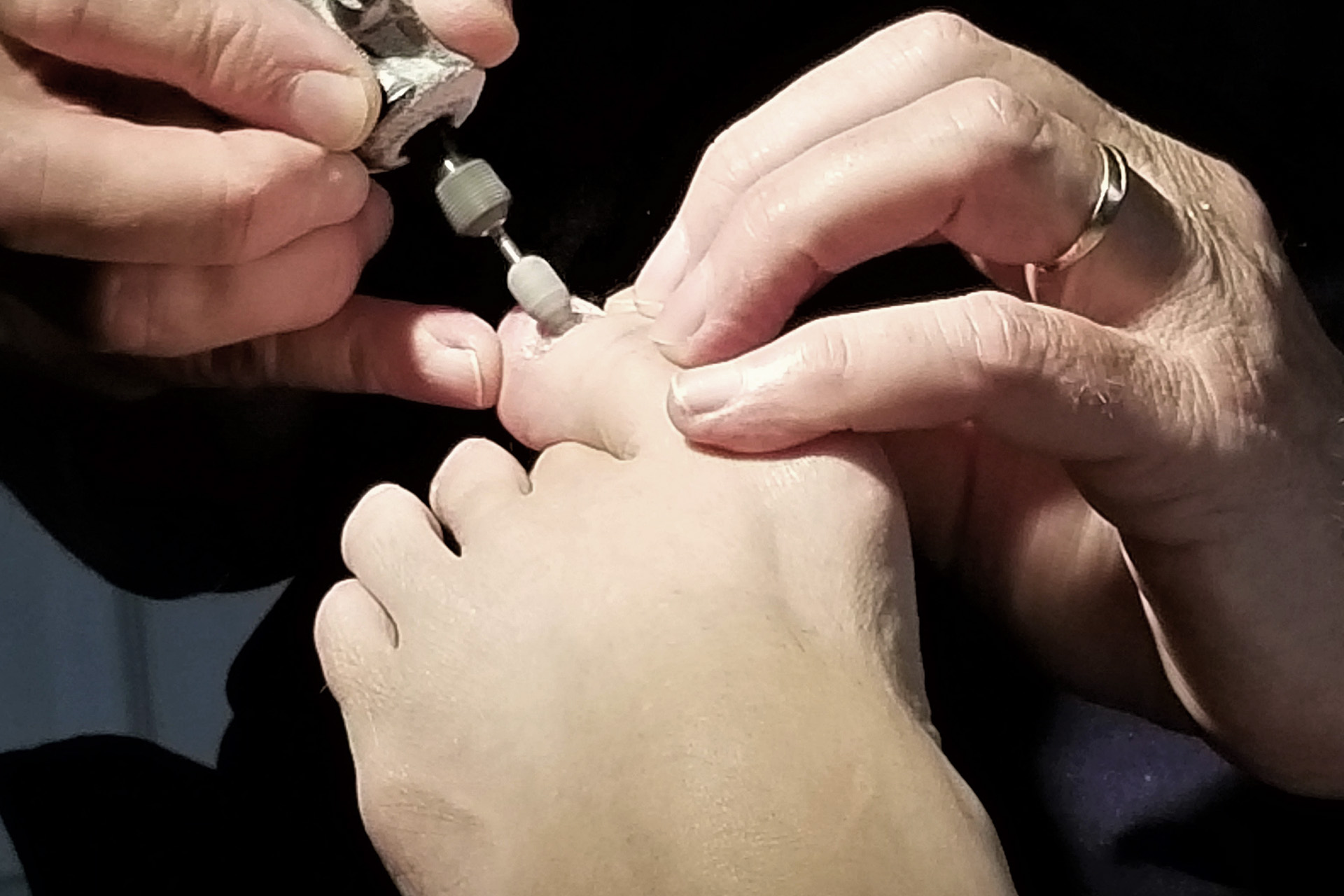
At The Foot Practice, our team of foot specialists offers comprehensive diabetic foot screening to help you maintain your health and keep your feet in good condition. Musculoskeletal pain throughout the body typically stems from your feet, so it’s important to stay proactive in foot care by scheduling regular podiatric assessments.
Our experienced podiatrists will perform a thorough neurological, vascular, and skin check to assess your sensitivity, blood pressure, physical appearance, and other aspects of your foot health.
The Foot Practice is a leading diabetic foot podiatry clinic in Singapore. To book a diabetic foot assessment with our foot care professional, please call The Foot Practice on +65 6282 7400 or email hello@thefootpractice.com.


